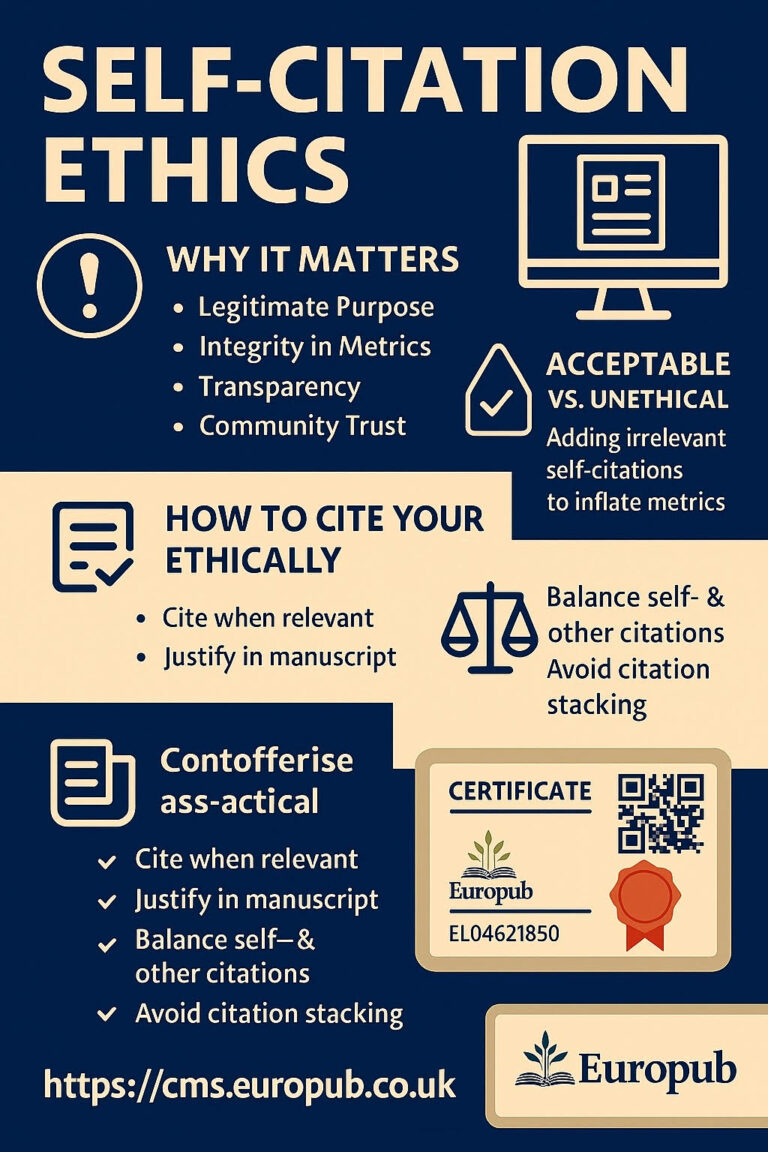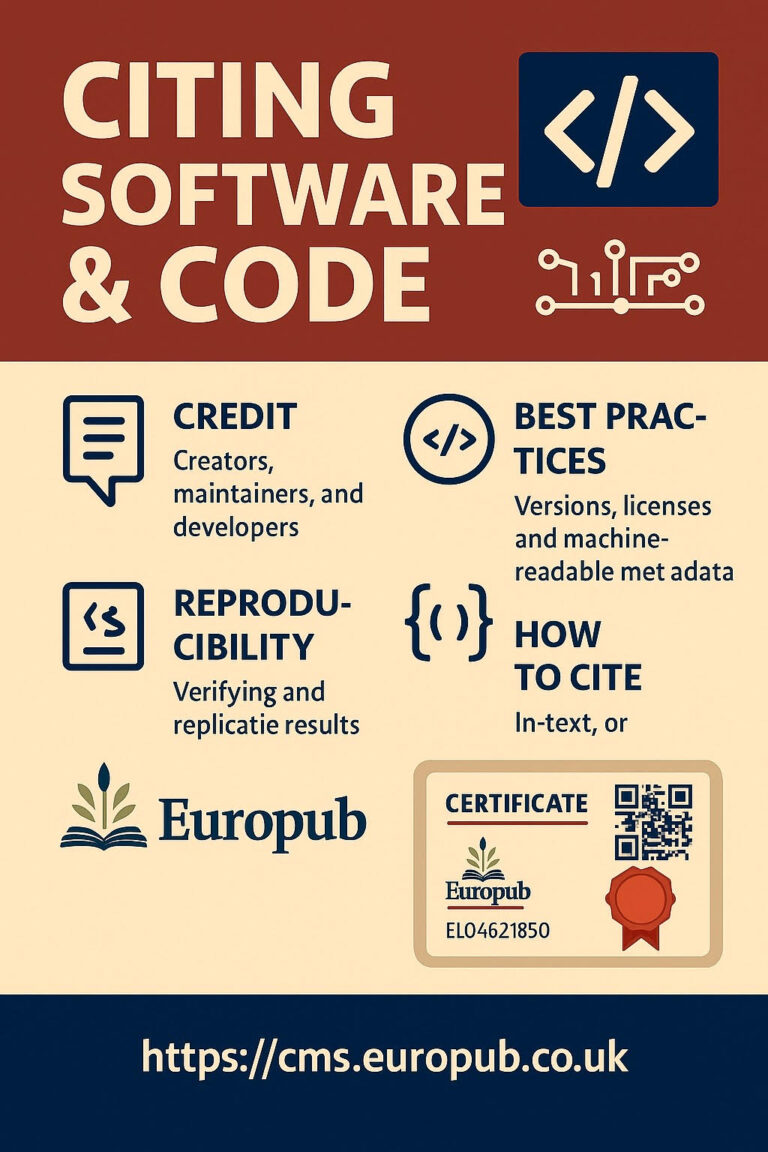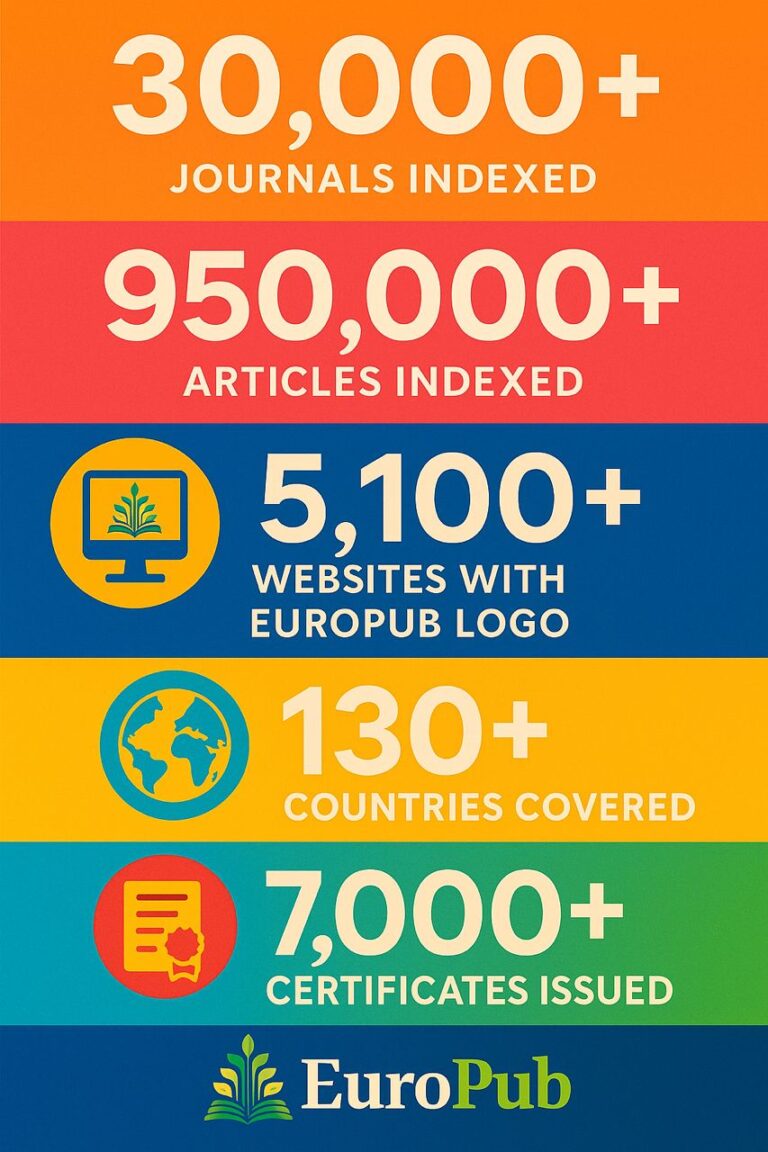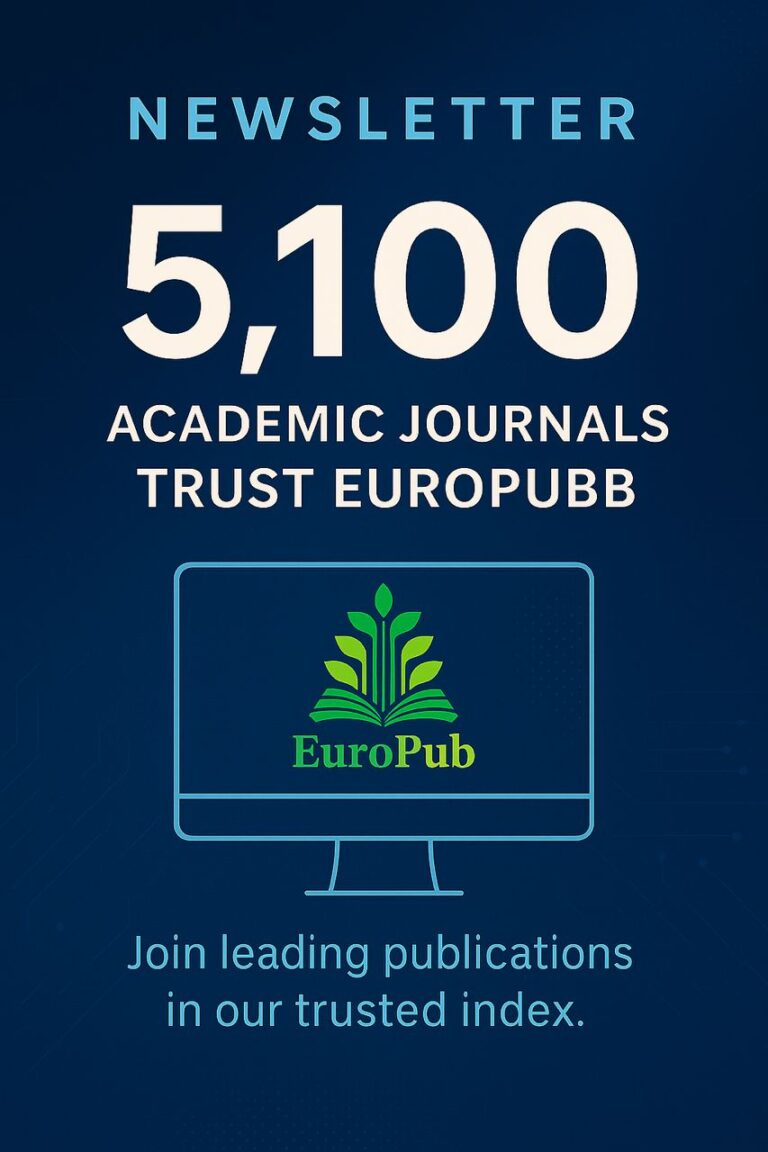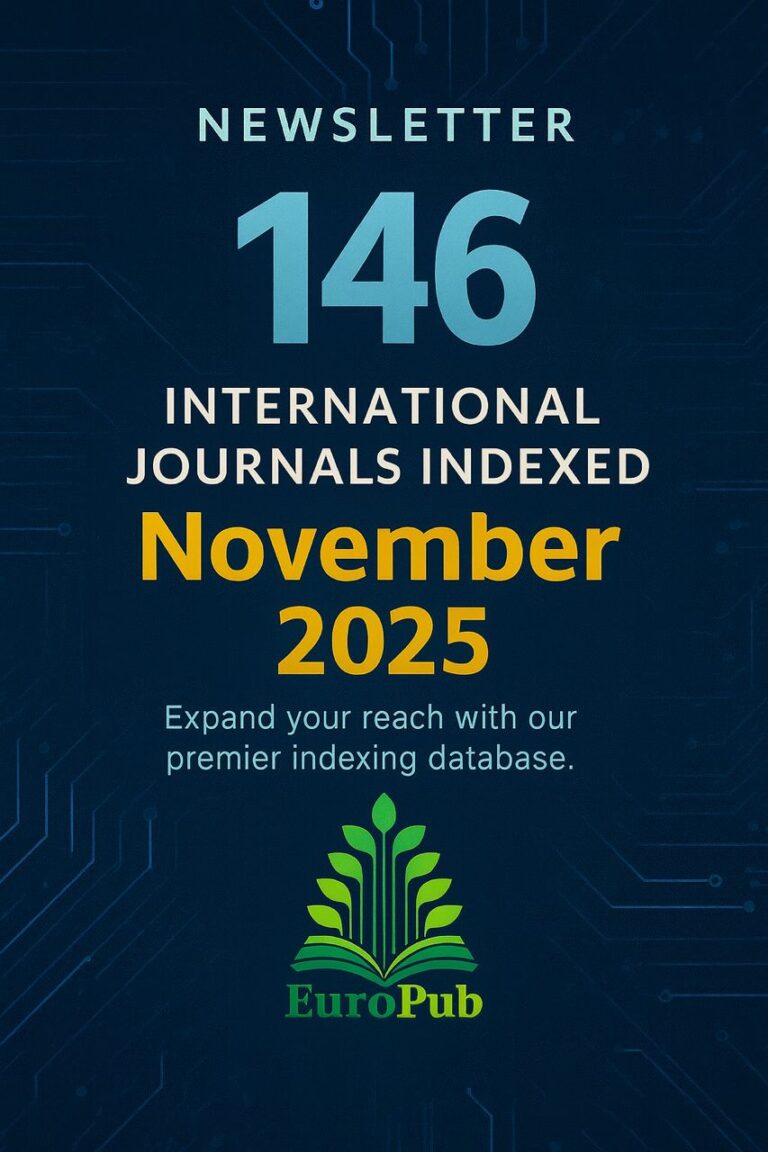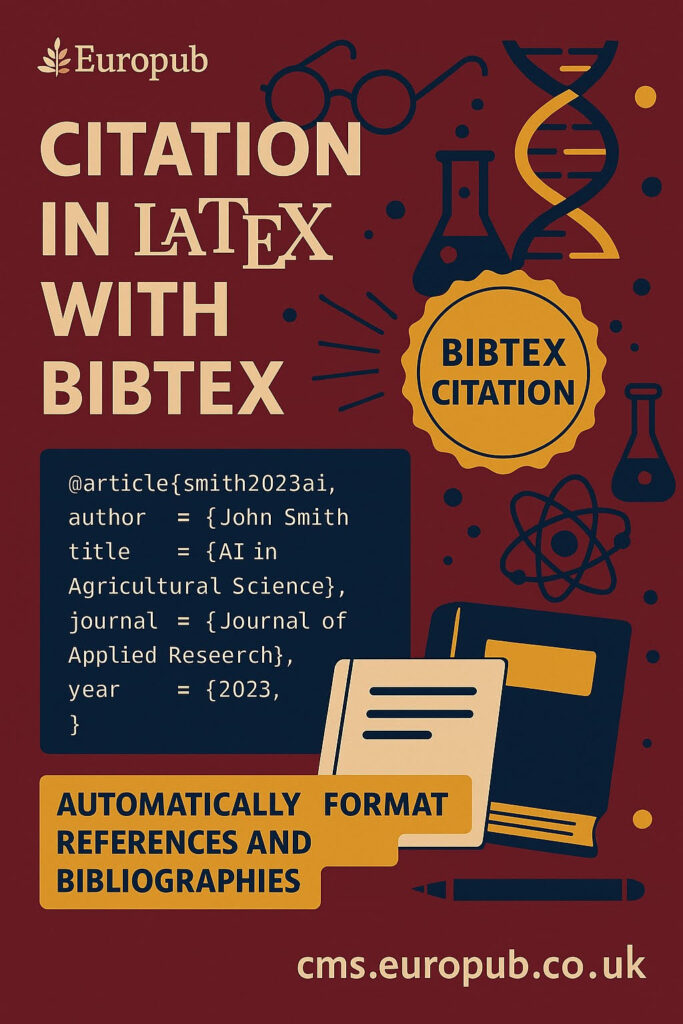
 Overview
Overview
BibTeX is the standard reference management system used within LaTeX, a powerful typesetting language for scientific and technical writing. It automatically formats references and bibliographies, saving time and ensuring consistency across academic documents.
Researchers use BibTeX to manage large numbers of references, link them to LaTeX manuscripts, and easily switch between citation styles such as APA, IEEE, Harvard, or Vancouver.
 Official LaTeX Project: https://www.latex-project.org
Official LaTeX Project: https://www.latex-project.org
 BibTeX Documentation: https://www.bibtex.org
BibTeX Documentation: https://www.bibtex.org
 Why Use BibTeX?
Why Use BibTeX?
| Benefit | Description |
|---|---|
 Automatic Formatting Automatic Formatting | BibTeX handles citation styles and numbering automatically. |
 Style Flexibility Style Flexibility | Thousands of .bst styles (APA, IEEE, Elsevier, Nature, etc.). |
 LaTeX Integration LaTeX Integration | Works seamlessly with Overleaf, TeXShop, TeXworks, MikTeX, etc. |
 Scalability Scalability | Handles hundreds of citations without slowing down your document. |
 Reusability Reusability | A single .bib file can serve multiple papers and projects. |
 Collaboration Collaboration | Sync with GitHub, Overleaf, or cloud services for multi-author projects. |
 How It Works
How It Works
A typical BibTeX workflow has four main components:
 LaTeX Document (.tex) – The main paper you are writing.
LaTeX Document (.tex) – The main paper you are writing.
 Bibliography File (.bib) – A plain-text file containing all your references.
Bibliography File (.bib) – A plain-text file containing all your references.
 Style File (.bst) – Determines how references are formatted (APA, IEEE, etc.).
Style File (.bst) – Determines how references are formatted (APA, IEEE, etc.).
 BibTeX Compiler – Processes citations and builds your bibliography automatically.
BibTeX Compiler – Processes citations and builds your bibliography automatically.
 Example Workflow
Example Workflow
Step 1: Create your .bib file
@article{smith2023ai,
author = {John Smith and Jane Doe},
title = {AI in Agricultural Science},
journal = {Journal of Applied Research},
year = {2023},
volume = {58},
number = {4},
pages = {255-272},
doi = {10.1016/j.jar.2023.02.005}
}
Step 2: Cite within LaTeX
According to \cite{smith2023ai}, AI is transforming research productivity.
Step 3: Add the bibliography section
\bibliographystyle{plainnat}
\bibliography{references}
Step 4: Compile
Run the following commands:
pdflatex mypaper
bibtex mypaper
pdflatex mypaper
pdflatex mypaper
 Commonly Used BibTeX Styles
Commonly Used BibTeX Styles
| Style | Usage |
|---|---|
| plain | Default, simple numbered references |
| abbrv | Abbreviated author names |
| unsrt | Sequential citation order |
| apalike | APA-like author–year citations |
| ieeetr | IEEE reference style |
| nature | For Nature journal submissions |
| elsarticle-harv | Elsevier Harvard Style |
 Tools that Support BibTeX
Tools that Support BibTeX
| Tool | Feature |
|---|---|
| Overleaf | Online LaTeX editor with automatic BibTeX sync. |
| Mendeley | Exports to .bib format for LaTeX. |
| Zotero | Generate BibTeX library automatically. |
| EndNote | Export .bib files for journal submission. |
| RefWorks / RefMan | Converts references into BibTeX format. |
| JabRef | Native open-source BibTeX manager. |
 JabRef: https://www.jabref.org
JabRef: https://www.jabref.org
 Organizing Your
Organizing Your
.bib
File
- Use consistent citation keys (e.g., lastnameYYYYkeyword).
- Group by type (articles, books, proceedings, datasets).
- Add DOIs and URLs for indexing and cross-referencing.
- Avoid duplicates — use bibtool or JabRef to clean entries.
 Integration with Overleaf
Integration with Overleaf
 Upload your .bib file.
Upload your .bib file.
 Use \cite{} within your .tex document.
Use \cite{} within your .tex document.
 Choose a bibliography style.
Choose a bibliography style.
 Overleaf auto-compiles citations during build.
Overleaf auto-compiles citations during build.
https://www.overleaf.com/learn/latex/Bibliography_management_with_bibtex
 Advanced Features
Advanced Features
- Natbib / BibLaTeX packages for modern formatting.
- Multiple bibliographies per chapter using chapterbib.
- Custom .bst style creation for journal-specific formatting.
- Cross-references between citations.
- Automatic numbering and sorting of bibliography.
 Exporting from Reference Managers
Exporting from Reference Managers
| Source | Export Format |
|---|---|
| Zotero | File → Export Library → Format: BibTeX |
| Mendeley | File → Export → BibTeX |
| EndNote | File → Export → Output Style: BibTeX |
| RefWorks | Export → BibTeX (.bib) |
| Google Scholar | “Cite” → BibTeX option |
 FAQ — Citation in LaTeX (BibTeX)
FAQ — Citation in LaTeX (BibTeX)
Q1. What is BibTeX used for?
To automate citation and bibliography generation in LaTeX.
Q2. Can I use BibTeX without LaTeX?
Not directly; BibTeX is designed specifically for LaTeX workflows.
Q3. Is BibTeX free?
Yes, 100% open-source.
Q4. Can BibTeX handle non-English characters?
Yes, with UTF-8 encoding or biblatex.
Q5. What’s the difference between BibTeX and BibLaTeX?
BibLaTeX is a modernized version supporting Unicode and extra features.
Q6. How do I include URLs in references?
Use the url or howpublished fields and add \usepackage{url}.
Q7. How to cite multiple works at once?
Use \cite{key1,key2,key3}.
Q8. How can I format author names correctly?
Use {Last, First} for each author, separated by “and”.
Q9. Can BibTeX be used for conference papers?
Yes, use @inproceedings{} entries.
Q10. How to manage thousands of references?
Use JabRef or Zotero for management and export .bib files.
 Verified Certificate
Verified Certificate
Researchers mastering LaTeX + BibTeX Citation Skills can request a verified digital certificate through the Europub Certificate Management System (CMS).
 Validate your academic formatting skills and show your proficiency!
Validate your academic formatting skills and show your proficiency!
